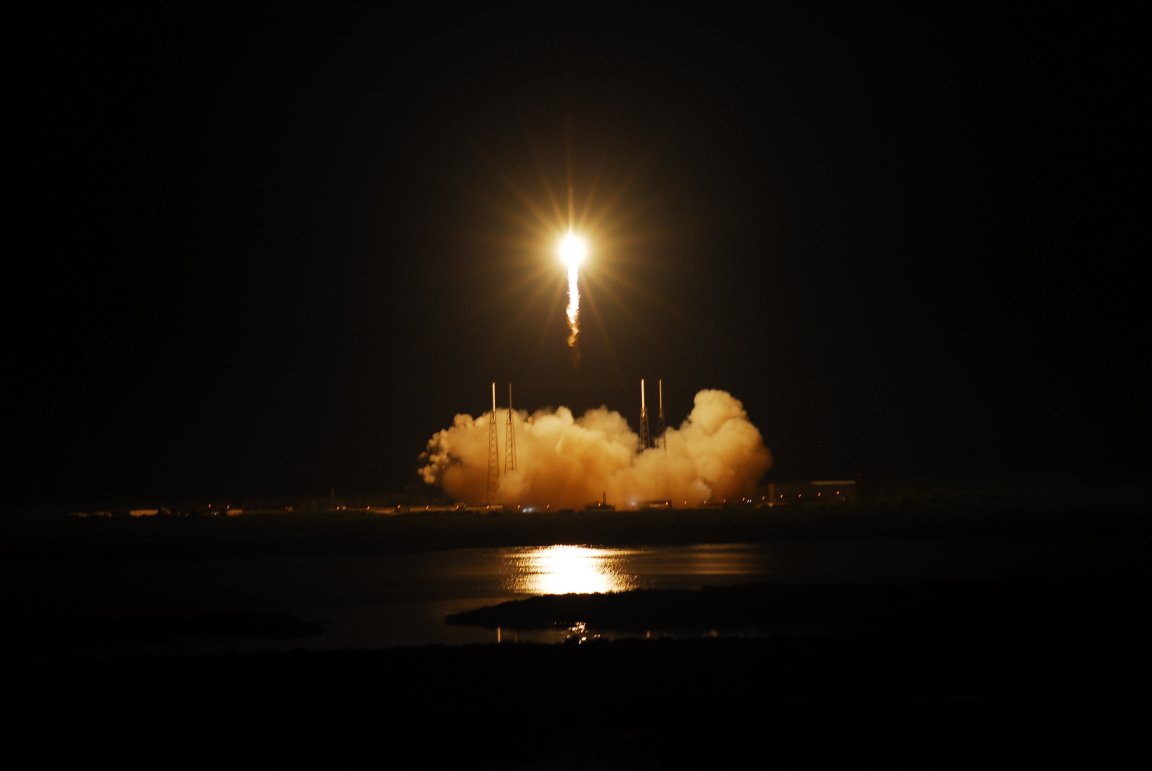
A New Way to Land
SpaceX is going to make history…again. Next week (Jan. 17, 2016) the company is going to launch a rocket. This rocket, a Falcon 9, will thrust a payload into orbit, and then it will return to Earth. However, it won’t be burning up in our atmosphere like so many satellites. It also won’t have a crash landing in the ocean.
Instead, the plan is for the rocket to land. And it is going to land upright on a ship, which happens to be moving.
Last month (December 21, 2015), SpaceX made history by launching its Falcon 9 rocket into space and then bringing it back to solid ground at Cape Canaveral, Florida. This was the first time that a rocket had launched something to orbit and landed back on the planet safely.
Falcon 9 back in the hangar at Cape Canaveral. No damage found, ready to fire again. https://t.co/7w6IfJGtXM
— Elon Musk (@elonmusk) January 1, 2016
This is such a historical event because, usually, its first-stage rocket is discarded after reaching space. This obviously costs a lot of money.
And of course, it would be far cheaper to have reusable rockets than to have to create entirely new rockets each and every time you want to go to space.
Now, the SpaceX team is vamping things up.

Why A moving Platform?
It obviously makes sense to have a rocket that can launch and then safely land back on Earth to be reused; however, what is the point in testing a rocket that can land on a moving ship?
In the end, it has to do with versatility.
If we have a rocket that is able to land on a mobile landing platform, then it means more flexibility in when and how launches can proceed. For example, it’s not always convenient (or even really possible) for a rocket to return to a static site such as a launch facility or other suitably flat, empty space. Weather conditions and a host of other factors all play in to this.
To that end, a mobile landing site could conceivably be placed where it is safest or most fuel-efficient for the rocket to come down.